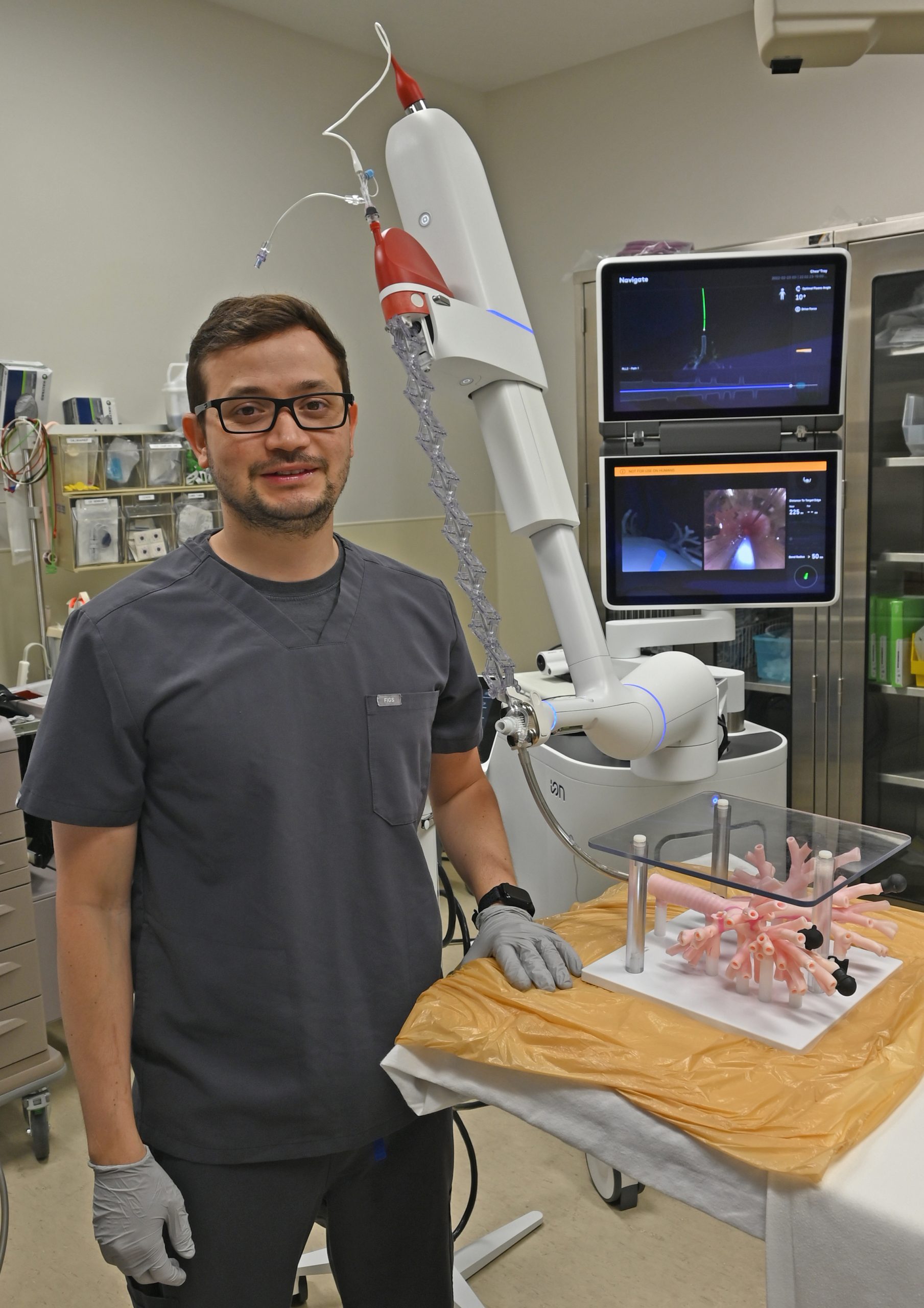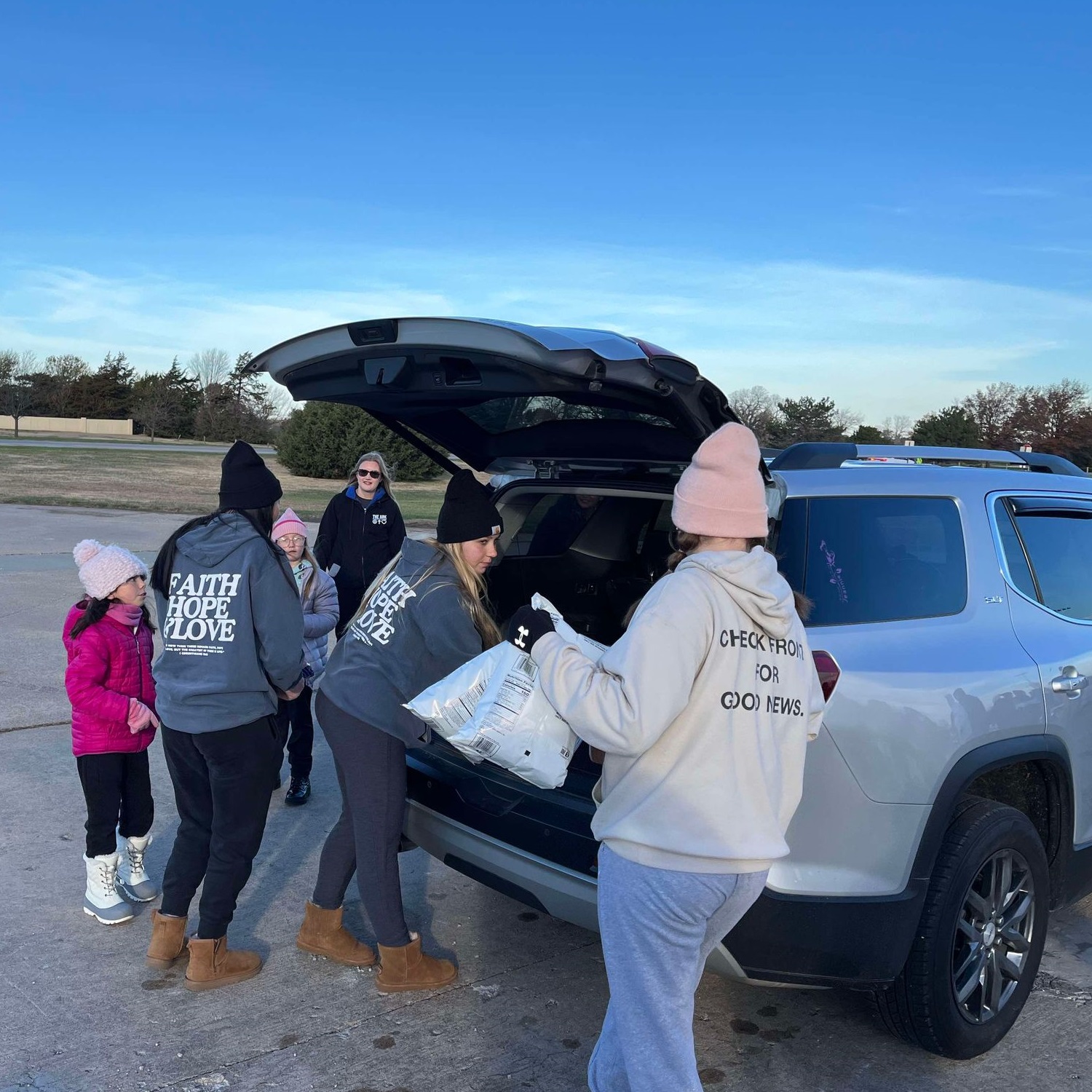Salina Regional Health Center has a new tool which will help them save lives via early lung cancer detection.
According to the hospital, lung cancer is the leading cause of cancer death in the United States, but when caught early, chances for survival are greatly increased. New technology recently implemented at Salina Regional Health Center is allowing doctors to identify lung cancer at earlier stages, less invasively than ever before.
The Ion Robotic-Assisted Bronchoscopy system utilized by Salina Regional Pulmonologist Jorge Cedano, M.D., uses a small catheter to access nodules deep within the lung – through the mouth and airways – to examine and biopsy suspicious tissue. The procedure is performed with pathology available at the bedside to give initial evaluations of tissue specimens collected.
The Ion system features an ultra-thin, flexible catheter with an integrated vision probe that allows the doctor to see their movements on a screen and navigate their way in real time using a CT scan of the patient’s lung. Biopsies can then be taken once the suspicious nodule has been reached with the catheter.
Robotic-assisted bronchoscopy has been shown to be safer than traditional transthoracic needle biopsies or open lung biopsies. Patients undergo robotic-assisted bronchoscopy as an outpatient procedure.
“This is something that changes people’s lives, changes people’s prognosis, and also is safe,” Dr. Cedano said. “We now can get very small nodules out in the periphery of the lung that we couldn’t get before.”
Many people at risk for lung cancer, including former smokers, those exposed to known industrial hazards or with a family risk for the disease, undergo regular screening for the disease with low-dose CT scans of the lungs. When these screenings – or other tests – find suspicious nodules in the lungs – biopsy is often recommended to assess for cancer.
Lung cancer found early – Stage I or Stage II – is often highly treatable. Usually, early-stage lung cancer has no outward symptoms. When symptoms do develop, like coughing, chest pain, shortness of breath, wheezing or hoarseness, lung cancer has often reached a more advanced stage that is harder to treat.
_ _ _
Photo via Salina Regional Health Center – Salina Regional Pulmonologist Jorge Cedano, M.D., with the Ion Robotic-Assisted Bronchoscopy system.



